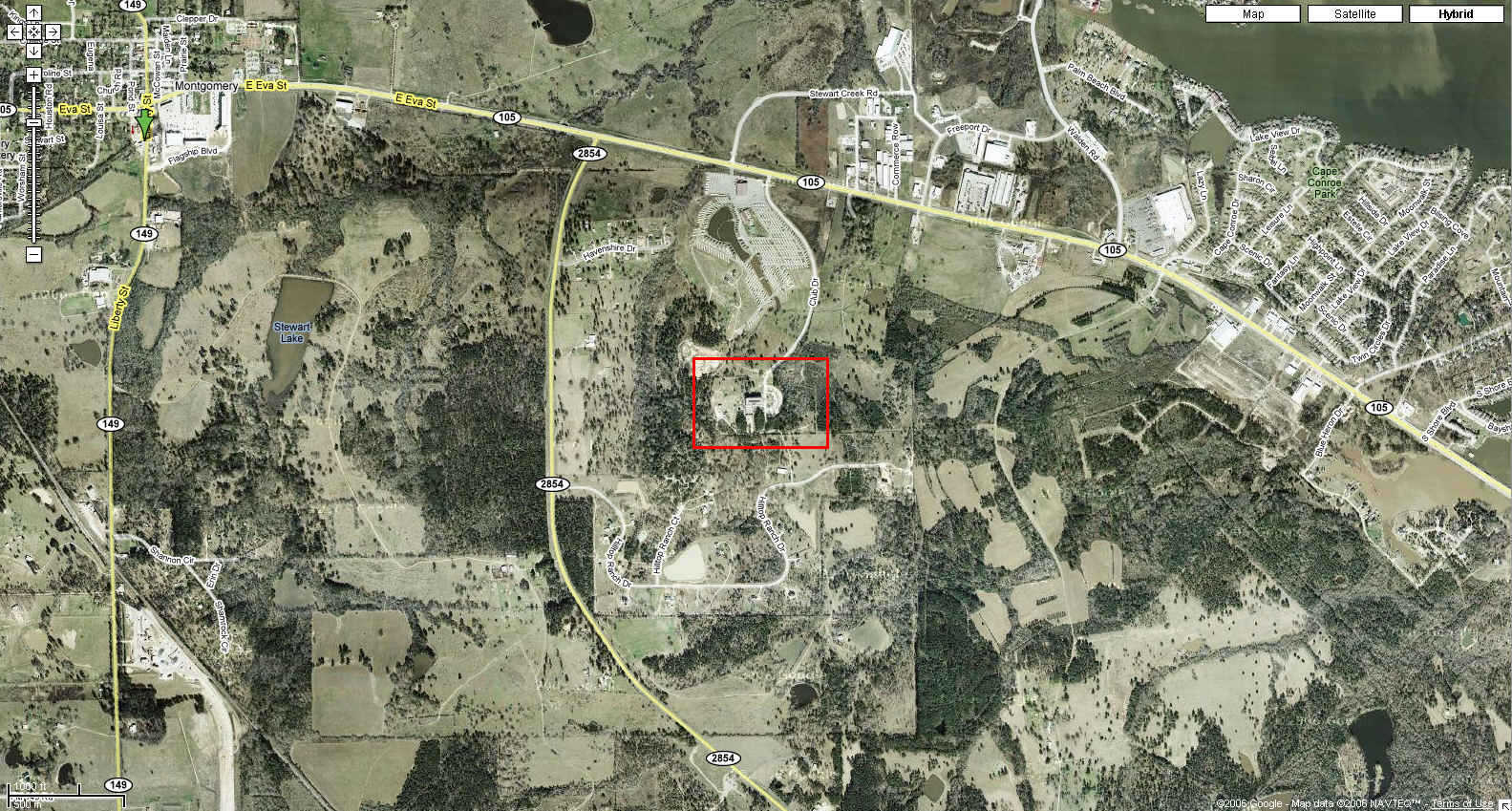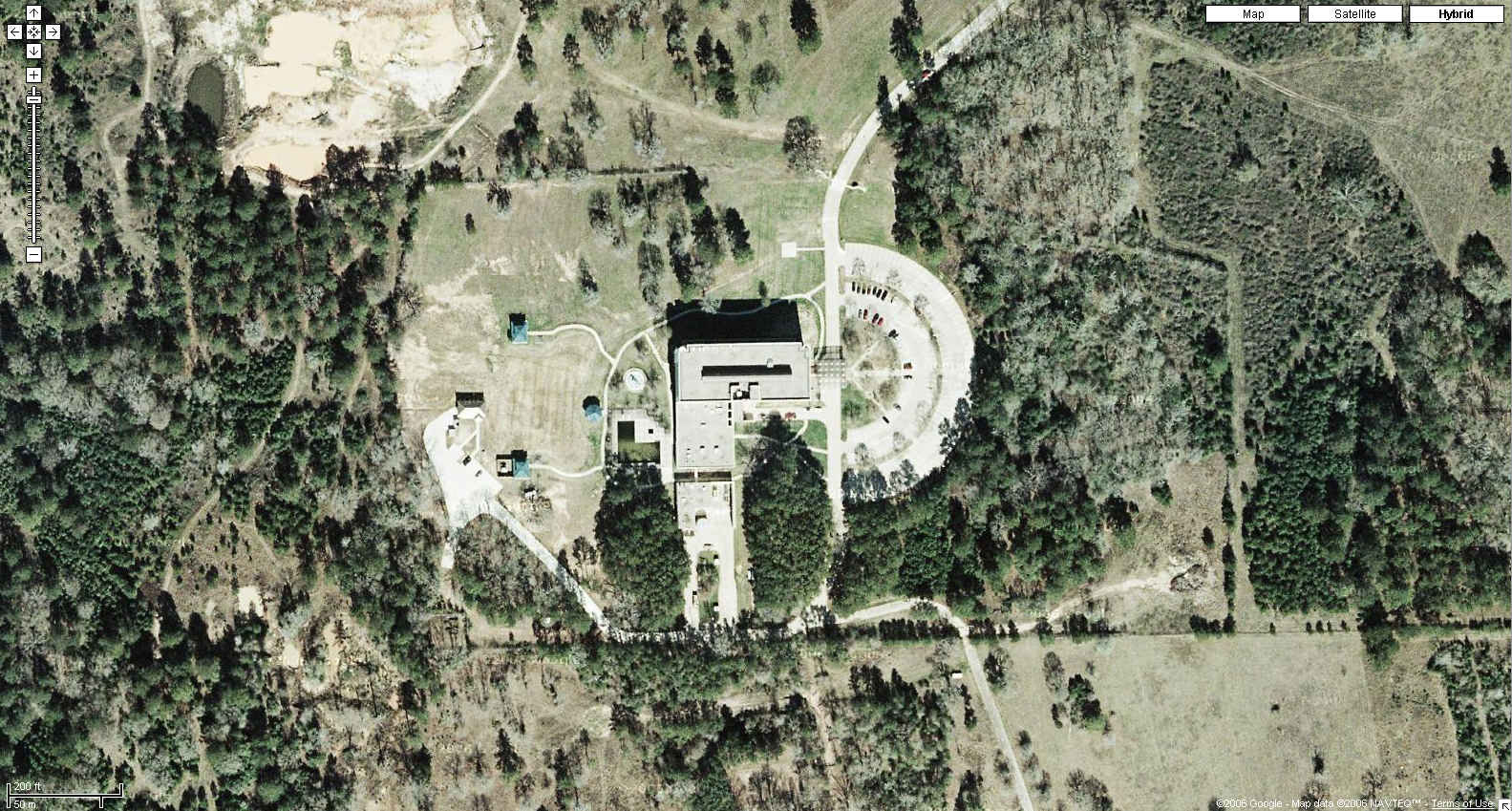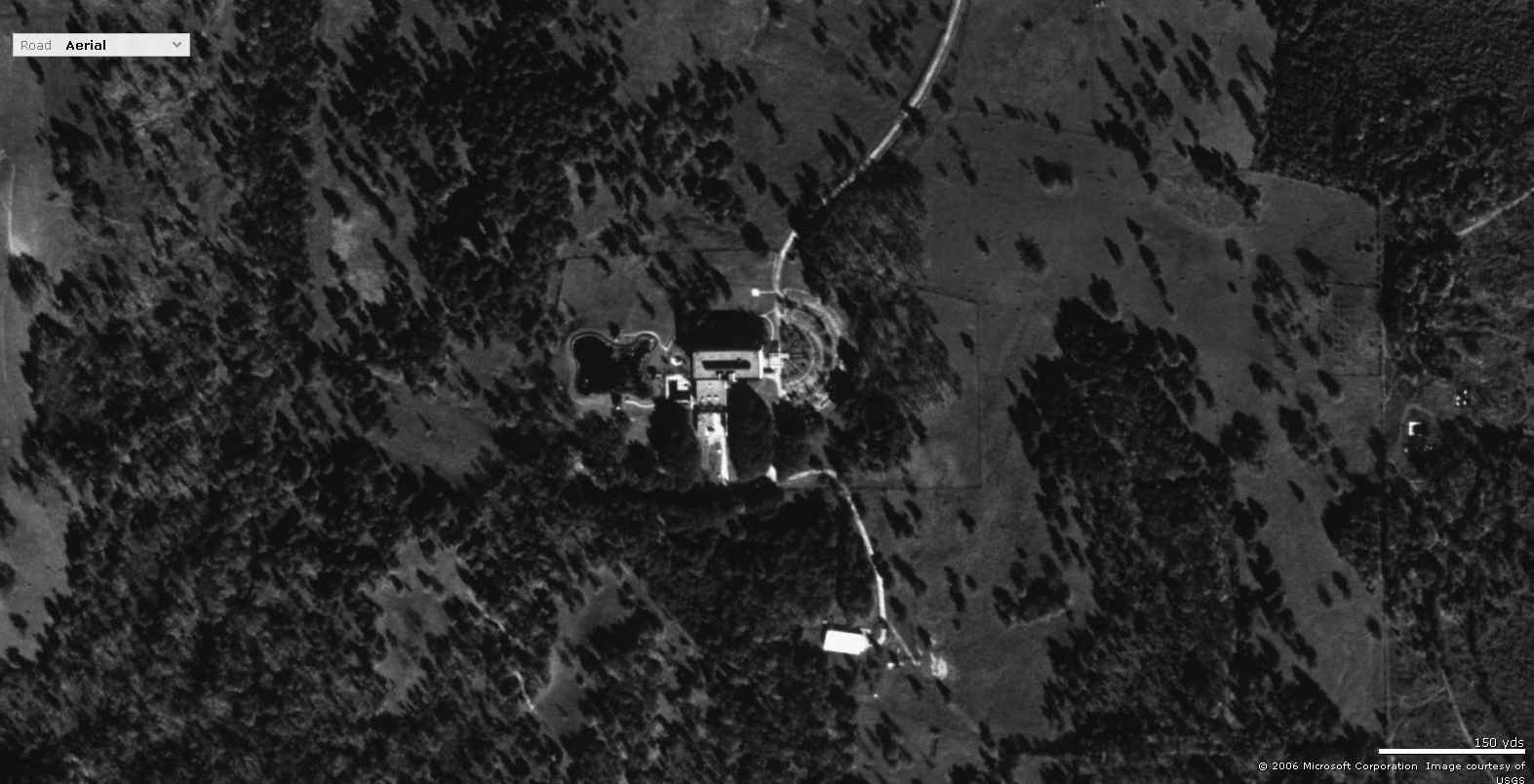Wall Street Journal, October 2, 2006, Page A1
Continental Airlines Finds a Safe Haven In a Texas Bunker
Cold War Relic Gets New Use By Companies Worried About the Next Big Storm
By MELANIE TROTTMAN
MONTGOMERY, Texas -- The 40,000-square-foot, two-story bunker here was the
creation of Ling-Chieh "Louis" Kung, the nephew of Taiwan's influential Madame
Chiang Kai-shek. The fortune he earned during the booming 1970s from his
now-defunct Houston oil company, Westland Oil Development Corp., allowed
him to indulge his fears that Red China or the Soviet Union would launch
a nuclear attack on the U.S. Mr. Kung, who died in 1996 at about the age
of 75, bought hundreds of acres of wooded cow pasture on the edge of this
small town and secretly built an underground fortress to house at least 700
people, including his employees and their families, for a two-month emergency.
Now, Continental Airlines, for reasons of its own, has taken over part of
the extravagant Cold War folly, with plans to use it as a crisis-operations
center. The destruction and panic wrought along the Gulf Coast by Hurricanes
Katrina and Rita last year prompted many companies to seek new places to
house emergency operations. Continental had an emergency-operations center
near Houston's George Bush Intercontinental Airport and it has offices downtown.
But concerned about gridlock, floods and possible electrical outages in a
hurricane, the company decided it needed a safer backup facility to operate
its world-wide flights if it should ever have to evacuate its Houston
headquarters. The airline, along with more than 20 other companies, found
its solution buried deep inside a hill in this small community northwest
of Houston.
In May, John Stelly, Continental's managing director of technology, was given
45 days to convert the rented shelter space for emergency offices and data
storage. After descending more than 50 feet in an elevator to survey the
project, he found himself in a subterranean ghost town of shadowy halls,
mysterious rooms and dust-covered equipment. The executive says he
stared in wonder at a room filled with 115 triple-decker bunks, each with
an individual reading light. Later, as he went to work there, he sometimes
imagined what it would be like to be trapped in this place for months with
hundreds of other people. "It gives you a weird, eerie feeling," he said.
The world was awash in old fallout shelters after the Cold War ended in 1989.
Over the years, many public and private bunkers in the U.S. and Europe have
been converted to wine cellars, nightclubs, storage facilities and even mushroom
farms. A bunker secretly built in White Sulphur Springs, W. Va., to house
Congress is now rented out to the public for parties and showcased in guided
tours. Many other old shelters have been marketed as secure data centers
or emergency headquarters for companies. Adam Laurie, who renovates and leases
ex-military bomb shelters in the United Kingdom, toured Mr. Kung's Texas
bunker three years ago. Though he was impressed with the quality of construction,
"the degree of paranoia of the person who built it was extreme," he said.
The bunker was as self-contained as a small city, with its own power and
medical facilities, morgue, jail cells, recreation rooms and water tanks.
Two pagoda-style buildings outfitted with gun ports for machine guns protected
stairwell entrances to tunnels leading into the shelter. In case of an attack,
the tunnels were designed to collapse, sealing off the bunker from the outside
world. Two hundred feet away, an above-ground, four-story office-building
with bulletproof windows housed Mr. Kung's oil-company headquarters and family
residence.
From the start the project, completed in 1982, was a source of intrigue and
gossip for the town of Montgomery. Residents watched as a mile-long procession
of cement trucks ferried cargo to what they knew only as a giant hole in
the ground. Rumors swirled for years of a secret subterranean shopping mall.
"Everybody's heard about it. Everybody's curious about it. Not everybody's
seen it," said Jennifer Stratton, a waitress at Phil's Roadhouse & Grill
down the road from the bunker. Mr. Kung lost title to the property after
the 1980s oil bust. The bunker sat frozen in time until investors bought
it and in 2003 hired Montgomery-based Westlin Corp. to take charge of converting
it into a rental site for data storage. A quick survey of the property made
it clear this would be no ordinary renovation. Using a flashlight to light
his way, Westlin President David Herr says he made his way past wasp nests
and thick cobwebs to the underground stairwell, then through two reinforced
steel blast doors that slammed shut behind him. A cutaway of the complex
built by Ling-Chieh 'Louis' Kung. In the bunker's control room, the panel
where flashing lights would signal a nuclear attack was still mounted on
a wall with the key in the slot for locking down the facility. Geiger counters
for measuring radioactivity remained on water and ventilation systems.
Mr. Herr quickly saw that some of the rooms would be easier to convert than
others. Decontamination showers have been left alone since they might still
prove useful in a chemical spill or other emergency. Westlin installed a
small elevator so tenants wouldn't have to take the stairs, and secured it
with biometric access that requires handprints to verify identities. The
company is converting 13 small conjugal rooms, originally intended to give
couples privacy, but Mr. Herr and his staff are still puzzling over what
to do with some of the space. For example, four steel-encased jail cells
remain untouched with their original bed frames and doors because they are
too small to bother updating. Interest was only lukewarm when the bunker
opened for leasing in early 2005. That changed after Hurricanes Katrina and
Rita, with the number of bunker tenants doubling to 50, including Continental,
the largest occupant. Other tenants include Anadarko Petroleum Corp. and
medical companies from Houston and Louisiana. Continental spent several million
dollars -- it won't say exactly how much -- to customize its bunkhouse space
and additional space leased in the nearby office building. Once the lease
contract was signed, Mr. Stelly had to rush to complete the conversion of
the company's 2,000-square-foot bunker space before this year's hurricane
season. Workers had to tear down one wall, a job that usually takes a couple
of hours. In this case, it took two days' labor with a sledgehammer to break
up the two-foot-thick steel-reinforced concrete. When power and air-conditioning
units proved too big to get down the elevator, workers had to dig down through
the earth to reach the corrugated-steel tunnels and peel back the top panels
so the equipment could be lowered in by crane. Continental's executives have
decided they will activate the bunker in a Category 3 storm, or whenever
workers must evacuate the downtown Houston control center. The airline's
space leased in the above-ground office building is for 275 emergency staff.
Only a few workers will be needed in the bunker. Tomorrow, Continental plans
to operate a work shift from the site and hold an open house and barbeque
so employees can bring their families to see the bunker. If history is any
indicator, not everyone will be interested in the tour. Mr. Stelly said some
Continental employees who have already been to the facility have preferred
to wait up top rather than descend into the depths of the bunker. "It can
give you that claustrophobic feeling," he said.
Write to Melanie Trottman at melanie.trottman[at]wsj.com
Albert LaFrance, mail-list owner, offers photographs and architecural drawings
by a real estate promoter of the bunker:
![[Image]](cal-bunker-0000.jpg)



![[Image]](cal-bunker-0001.jpg)
![[Image]](cal-bunker-0002.jpg)
![[Image]](cal-bunker-0003.jpg)
![[Image]](cal-bunker-0004.jpg)